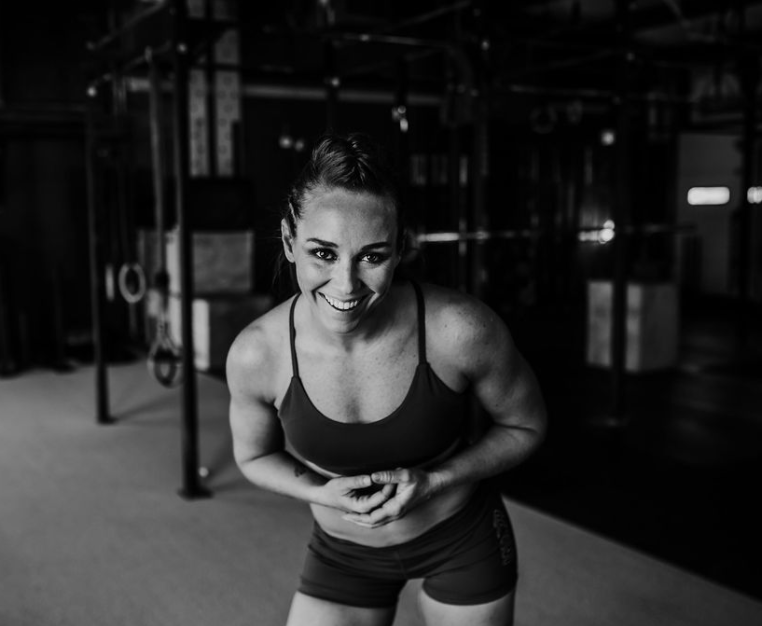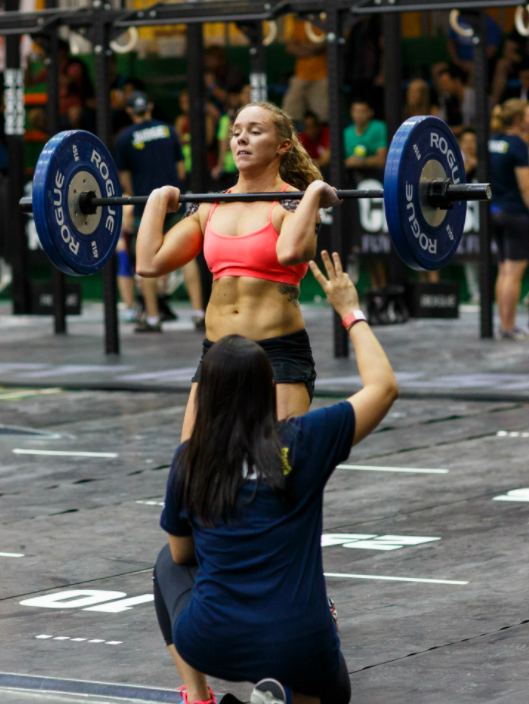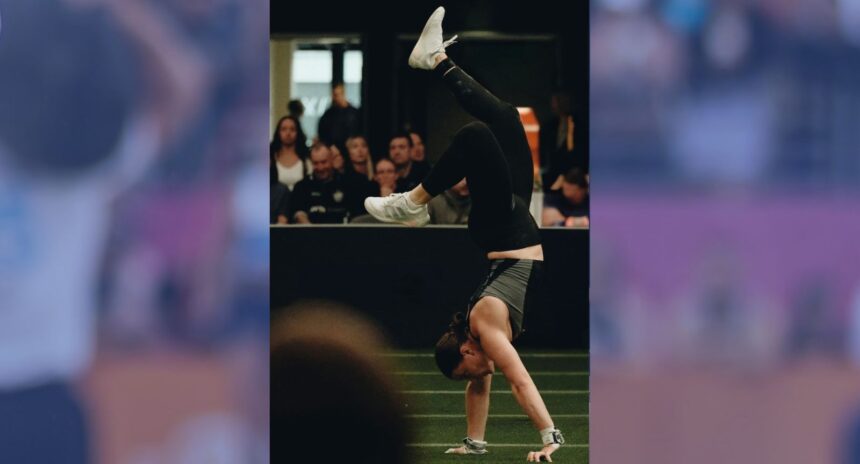The Valkyrie Project Seeks to Fix the Physical Preparedness “Problem” for Military Women

(Disclaimer: These views do not represent the Department of Defense or its affiliates).
Meg Cruz, a US Army veteran with three deployments, realized a number of years ago that there was a “big problem” when it came to physically preparing women to handle various positions in the military.
- This became especially evident in 2016, she said, when all military jobs and schools were made available to women. This meant that women were now able to hold infantry, all combat arms and all special operations jobs for the first time in history. (Prior to 2016, women could serve in special operations, but not in all areas. And while women have held positions in aviation for a number of years — technically in a combat arms role — many branches were off limits).
- “Women would need more training to handle these roles, and when I started looking around there really wasn’t anything out there for them. All the programming to prepare you for these roles were designed for men. There was a serious lack of research and resources for women,” said Cruz, a former CrossFit regionals athlete who coached at a handful of affiliates for a decade.
One big thing: Cruz took matters into her own hands launching the Valkyrie Project in July 2018, and began offering training programs tailored to prepare women to be successful in physically demanding military schools and occupational training courses.
The details: The Valkyrie Project offers three tracks — green, gold and black — of functional fitness programming depending on the athlete’s needs for their role with either the Army, the Navy, Marines, Coast Guard or the Airforce.
- The green track is designed for those with upcoming demanding selection or school dates, and includes more volume and places a greater emphasis on helping athletes travel long distances with heavy loads. The gold track is designed to prepare women to score the maximum possible on their Physical Fitness Test, and the black track is generally for competitive CrossFit athletes or former collegiate athletes, who have the physical prowess, but want to maintain their fitness in a tactical way and excel in their military work profiles, Cruz explained.
- Cruz also offers individual program design for those who need more specialized programming, and uses the Beyond the White Board app to track athletic progress.

Another key issue: Cruz came to the realization in developing her programs that in general, there was a lack of consideration of women’s menstrual cycles in elite-level training.
- “There’s a huge gap in clinical trials that look at outcomes for women when it comes to strength and conditioning and nutrition in terms of how their menstrual cycle and hormonal patterns play into performance, or about how different types of contraception impact female training,” Cruz said.
- She learned this through her own personal experience being a tactical athlete, as well as through a seven-week course put out by Dr. Stacy Sims, a researcher based in New Zealand who has devoted her career to studying women’s bodies. “It was pretty eye opening to learn about…Theoretically men and women can train the same way, but to get the maximal performance out of women, especially when it comes to these arduous military tasks, women for sure need a different approach to training that makes sense with their physiology and biology,” Cruz said.
- This is what makes the Valkyrie Project programming so unique, she added. “We account for women’s menstrual cycles in their training. During the follicular phase, for example, we’ll have more heavy loads and higher intensity work because research has shown women have a 13 percent higher output during that phase. And then during the luteal phase, when we have less power, we’ll do longer, slower steady state work.”
- The ultimate goal: “We’re trying to bridge the gap (by) providing tactical training to females that is based in an understanding of female biology and physiology, to give them the best chance at success in their military pursuits.”
Step in the right direction: Most recently, the Army announced they’re switching to a new Combat Fitness Test, which is “significantly more difficult for everyone across the board,” Cruz said. Most notable, however, is the fact that men and women will no longer have different standards.
- “It’s all one level playing field now. And there are a lot of hurt feelings about it, but I think it’s the best thing that happened because the naysayers out there can no longer say that men and women aren’t being judged by the same standard,” Cruz said. “This change levels the playing field, and is an unprecedented opportunity for women to express their fitness in their military roles.”
- This also means what Cruz is doing to help prepare women for the demands of the military is going to be even more important and relevant than ever.
The big picture: Cruz’s long-term plan is to pair up with a research institution, who can use the data she has been collecting with her athletes, so “more women develop the skills to be in combat and special operations roles,” she said. She also aims to create a scholarship fund to benefit female service members and veterans.
- “We still need more resources to help women get to the level they need to be. We’re attempting to fill the gap, but there’s still lots of work to be done.”
